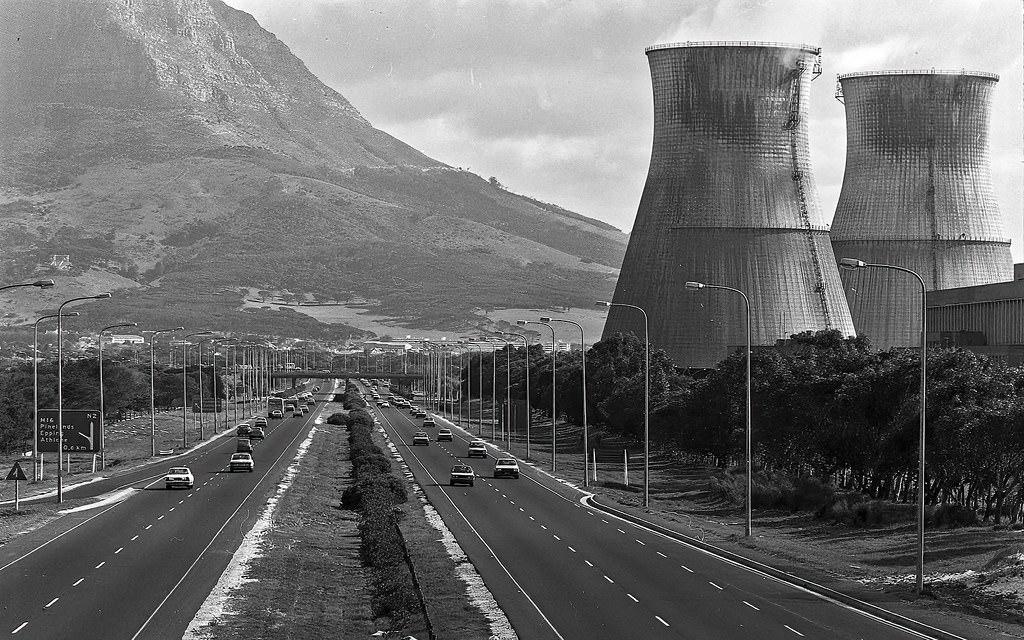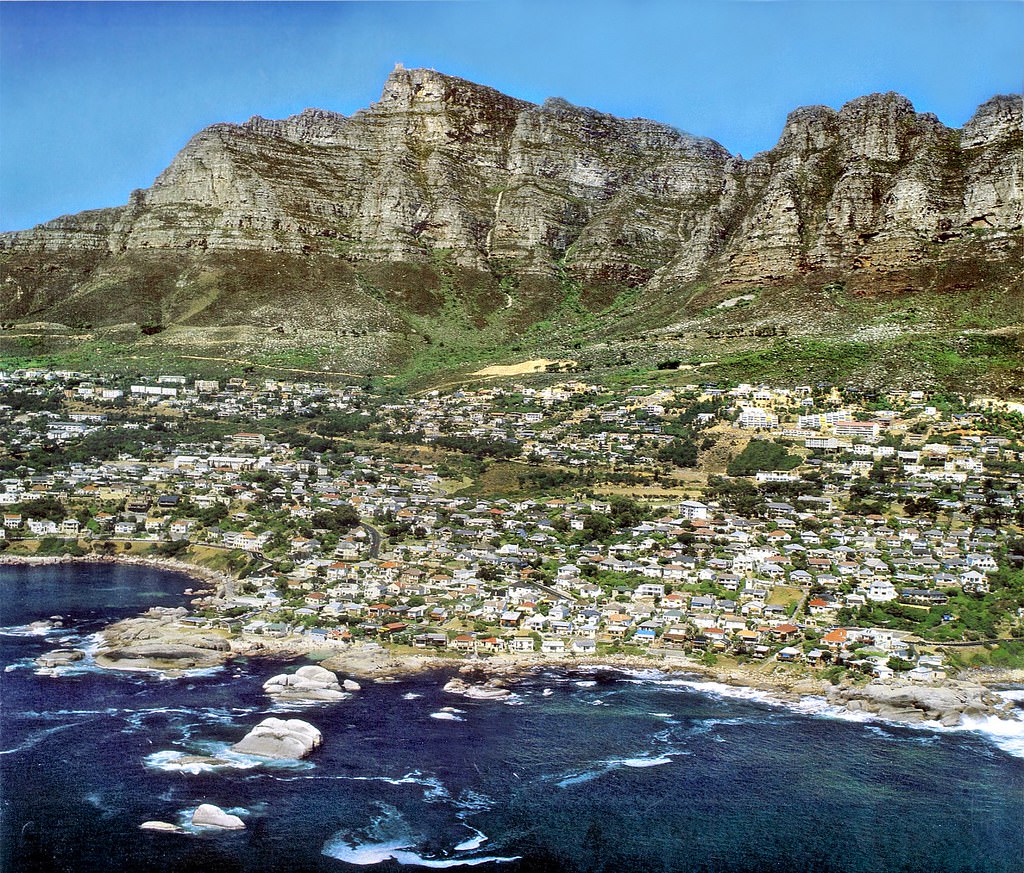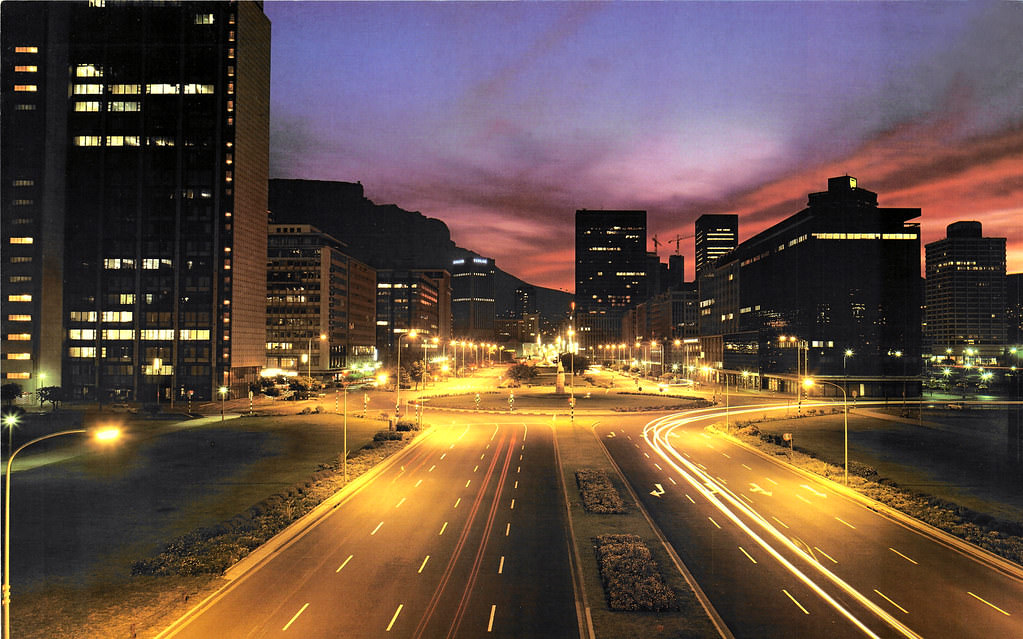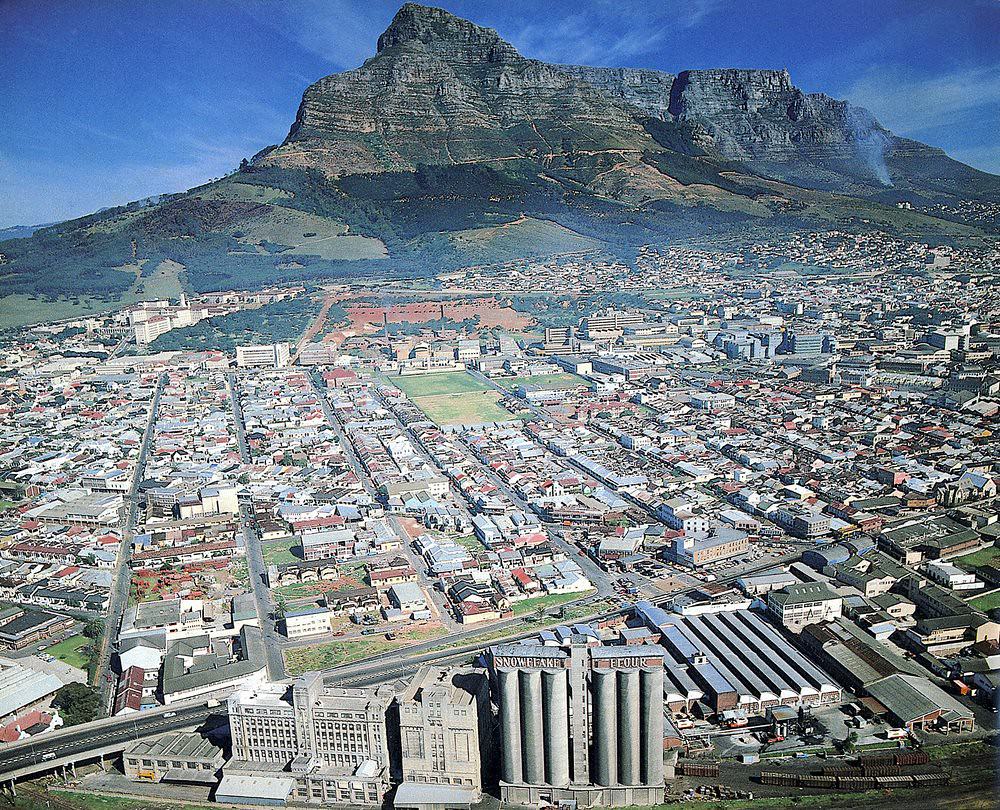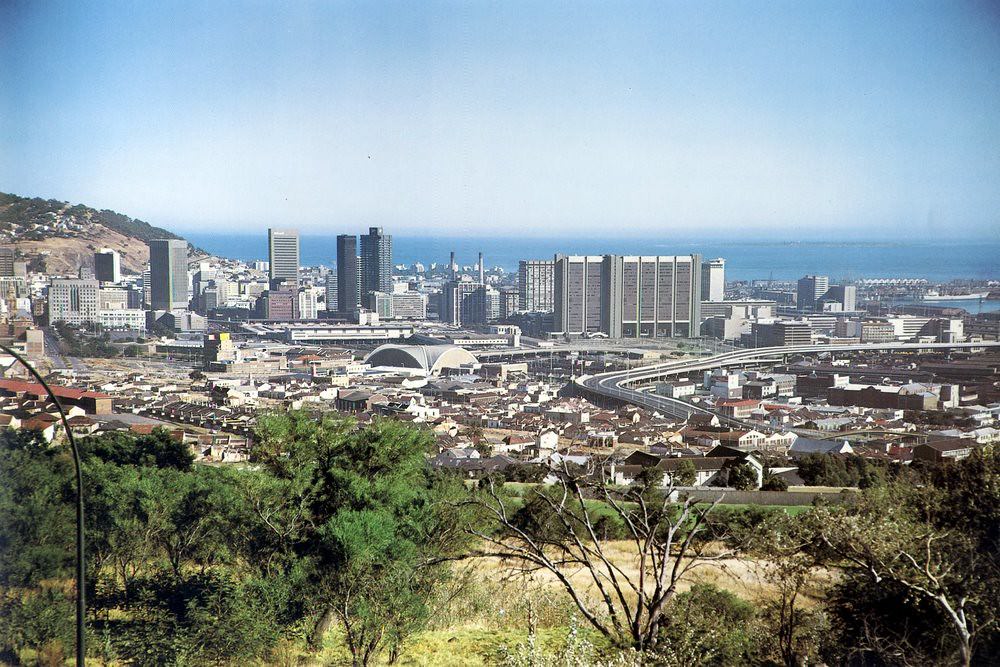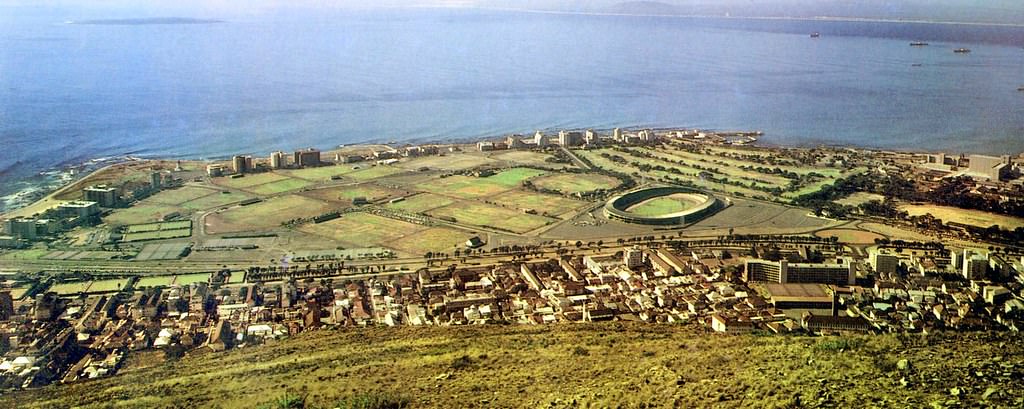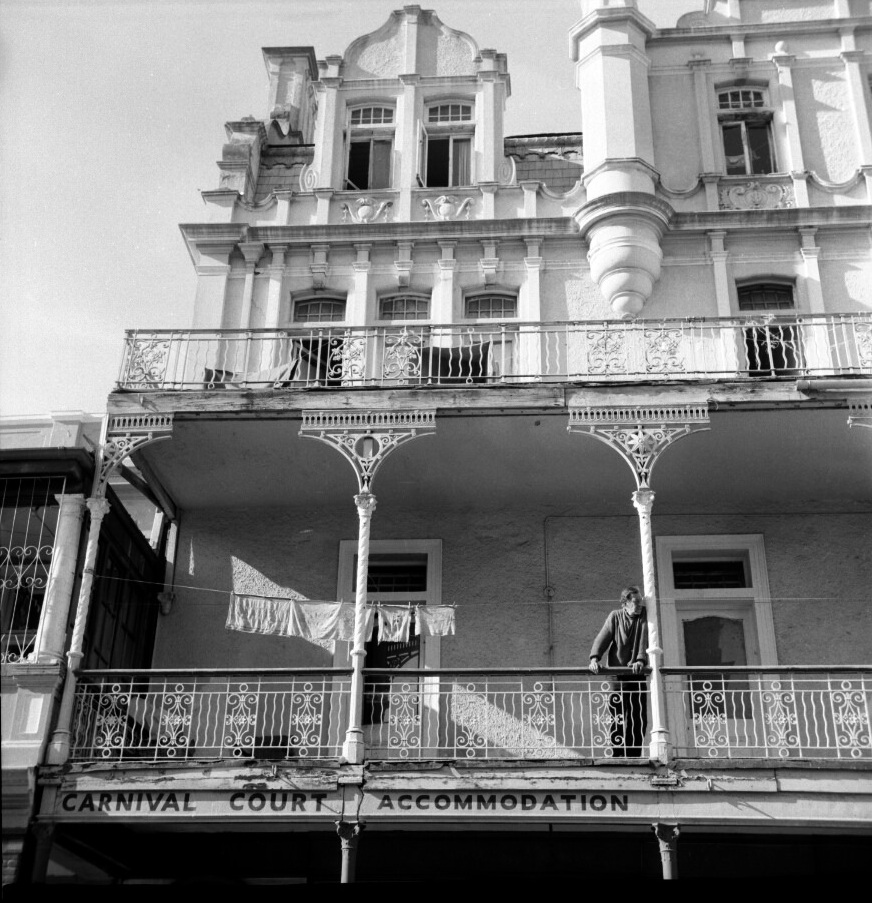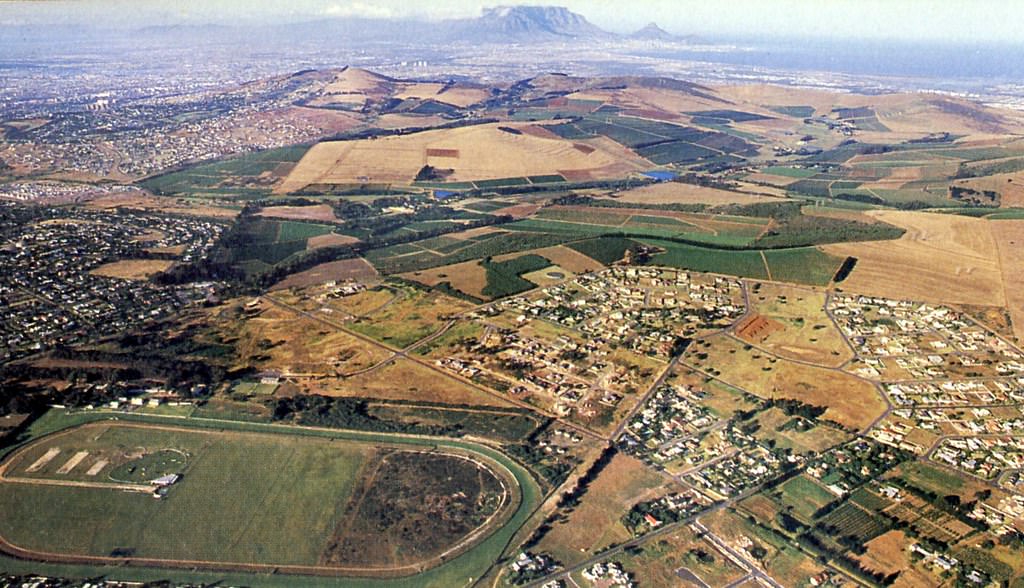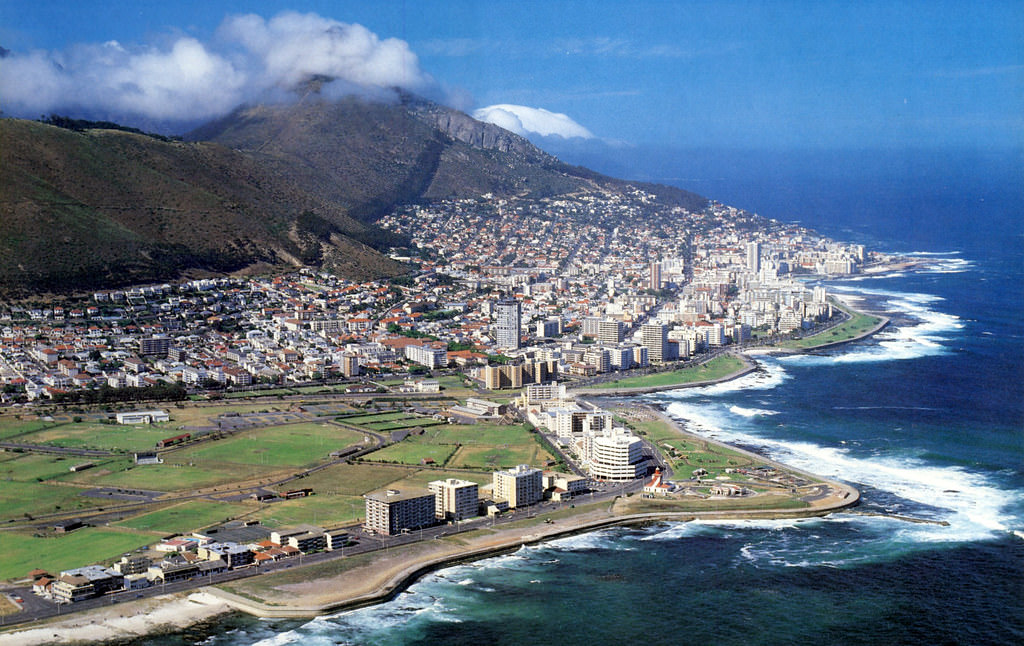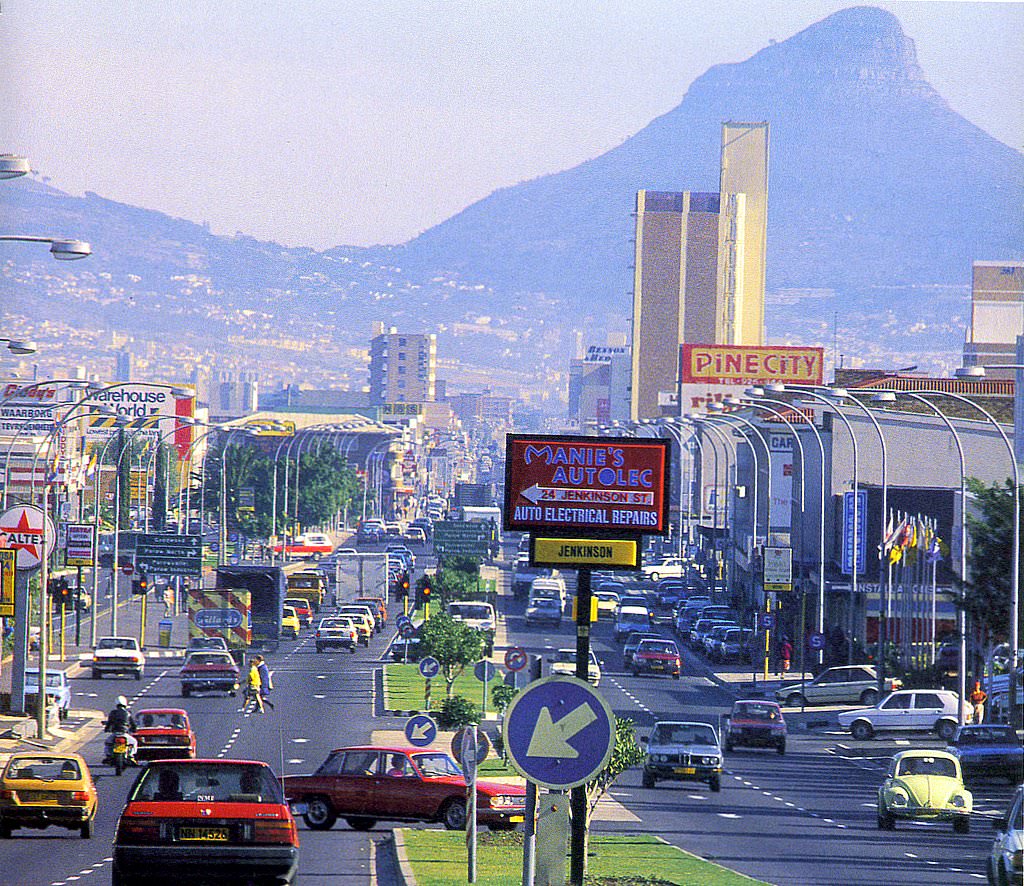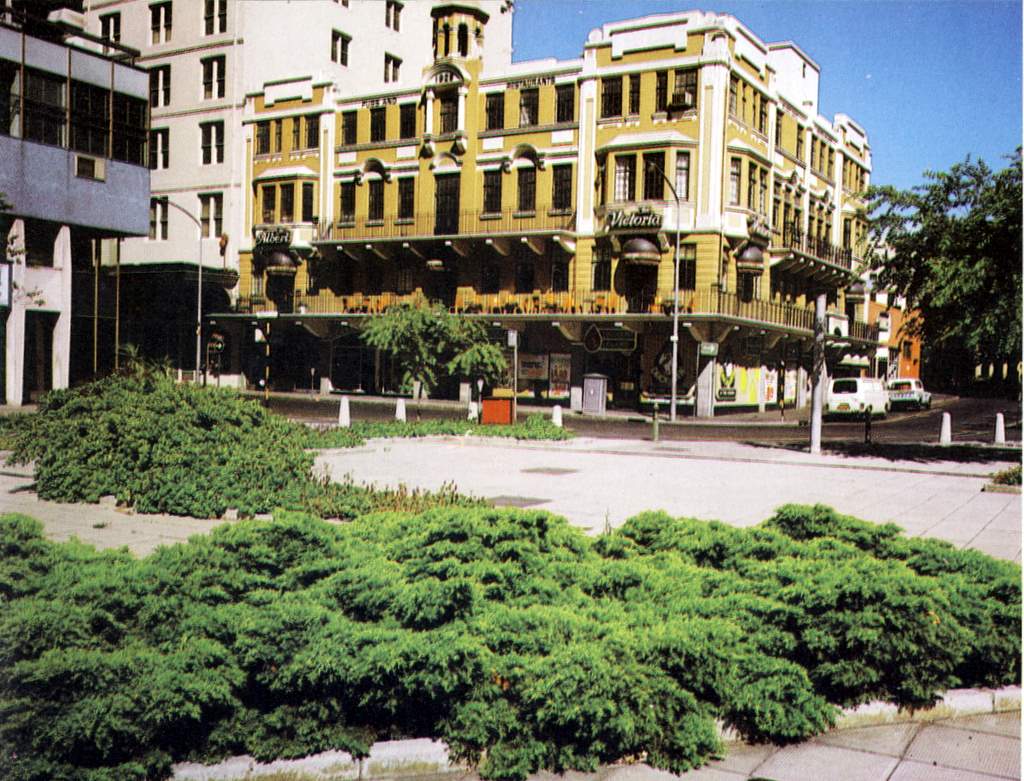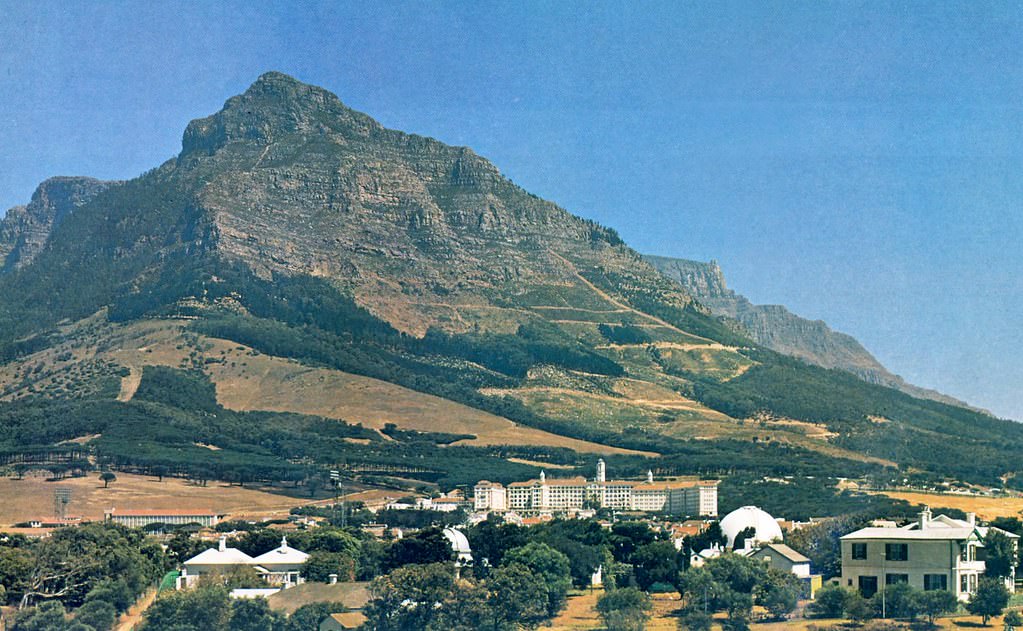The 1980s were a tumultuous and transformative time for Cape Town, characterized by political unrest, cultural change, and the vibrant resistance against apartheid. Despite the numerous challenges, Cape Town in the 80s proved resilient, its unique character and spirit evident through its trials and triumphs.
As the decade began, Cape Town, like the rest of South Africa, was gripped by apartheid, a systemic policy of racial segregation and discrimination that led to pervasive social and economic inequality. This inequality sparked increasing resistance throughout the decade. In Cape Town, protests, demonstrations, and strikes became more frequent and intense as the populace bravely stood up against oppression.
The 1980s saw the emergence of significant movements and organizations in Cape Town, such as the United Democratic Front (UDF) in 1983, which played a crucial role in rallying communities against apartheid. District Six, once a vibrant multicultural neighborhood, stood as a poignant symbol of apartheid’s injustices, its displaced residents persistently fighting for their right to return.
Despite the tension and turmoil, Cape Town’s vibrant cultural life thrived. The city’s arts scene blossomed, offering forms of protest, resilience, and hope. Musicians, artists, and writers courageously used their platforms to challenge the system, often at great personal risk. Whether it was kwaito, jazz, or protest songs, the music of this era served as a vital form of expression and resistance.
Cape Town remained a city that never slept, despite curfews and restrictions. The 80s saw the rise of iconic fashion trends, from shoulder pads to bright neon colors. While international trends influenced the local fashion scene, Cape Town added its unique flair, blending international and African inspirations.
In sports, rugby was a divisive issue in Cape Town and across South Africa. Considered a symbol of white domination, rugby faced international boycotts, while local games often became sites of protest. The 80s also witnessed the growth of other sports like soccer and cricket within the black and colored communities, fostering unity and providing a welcome distraction from apartheid’s harsh realities.
The decade concluded with Nelson Mandela’s release in 1990, an event that marked the beginning of the end for apartheid. His release was met with immense joy and celebration across Cape Town, a shared moment of triumph and hope for the future.
Here are some captivating photos to take you back to Cape Town in the 1980s.









